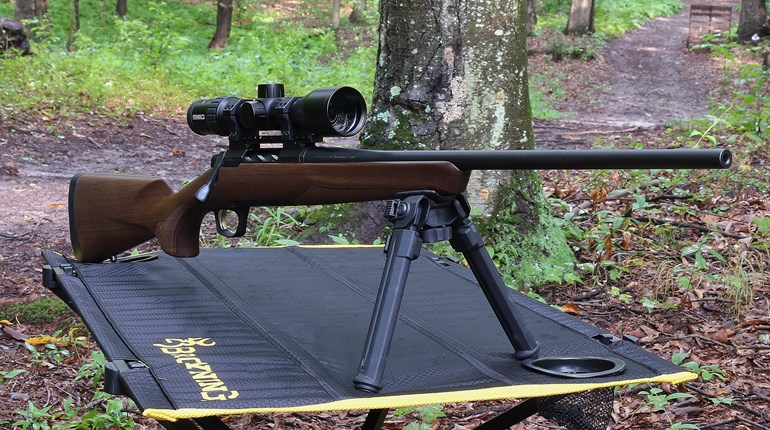
Should those we entrust to save our lives be denied the right to protect their own?
Some lawmakers in Ohio don’t think so. Last week, they advanced a bill regarding whether the state should forbid first responders from being armed for a full floor debate .
House Bill 79 applies exclusively to tactical medics, and would allow them to be armed after extensive training and approval from law enforcement. Certain agencies in Kentucky and Ohio have already allowed staff to carry with no known incidents.
Similar proposals have been heard this year in Louisiana, Kansas, West Virginia, South Carolina, North Carolina and Texas. Most of these proposals neither arm medics nor require them to arm themselves, but simply roll back laws requiring them to be disarmed.
Just ask any first responder, and they’ll have a story of a threatening or dangerous scene they responded to in the line of duty.Field medicine is a unique profession with unique challenges met by extraordinary people. Unfortunately, one of the most trusted professions is also one of the most dangerous. Just ask any first responder, and they’ll have a story of a threatening or dangerous scene they responded to in the line of duty.
In addition to the daily dangers of infectious diseases, remote locations and hazardous environments that first responders face, the CDC logs thousands of assaults on EMS each year, and medics in general face a high rate of assault. Injuries and fatalities are markedly higher than the national average, and the risk of violence-related injuries is 22 times the national average.
As the first line of defense, firefighters, medics and EMTs are often called into the most dangerous parts of the city to attend to the most dangerous persons. They're on the scene of domestic disputes, gang violence, active shooters and armed robberies, and deal directly with confused, combative, intoxicated and mentally ill patients. “Scene safety” is a creed they live by, but when seconds count, saving a life sometimes becomes more important to some than waiting for police to secure the scene. In other words, first responders don't always get to choose whether or not they’re in harm’s way.
Mass shootings aren’t an everyday call, but in May 2017, a Dallas medic was shot while rendering aid to a shooting victim. In 2013, five first responders in Georgia were taken hostage by a gunman after he faked a medical emergency. “He explained to us that he called us because he knew we would not be armed,” one of the medics later told the press. (Months later, Georgia proposed a bill allowing first responders to carry.)
In 2012, four firefighters were ambushed by a convicted felon, who fatally wounded two of them before turning the gun on himself.
In recent years, EMS agencies have responded to increased threatening situations by developing tactical medics who respond alongside SWAT teams to active shootings and other hot zones requiring rapid response.
In view of these perils, letting trained first responders carry a firearm for self-defense simply makes sense.
First responders aren’t cops. But they have a proven ability to face deadly circumstances, apply split-second critical reasoning and use complex training and specialized equipment to affect a life-saving outcome. Medical personnel are trusted to command complex usage of sedatives, narcotics and stimulants where the smallest miscalculation could be deadly.
The brave men and women of first response undergo intense training, immense stress and traumatic shifts. When things go south, we owe them the respect of trusting them enough to protect themselves
We trust them to have our backs. We can’t do any less for them.
David Burnett is the former president of Students for Concealed Carry, a certified EMT and a critical care registered nurse.

































